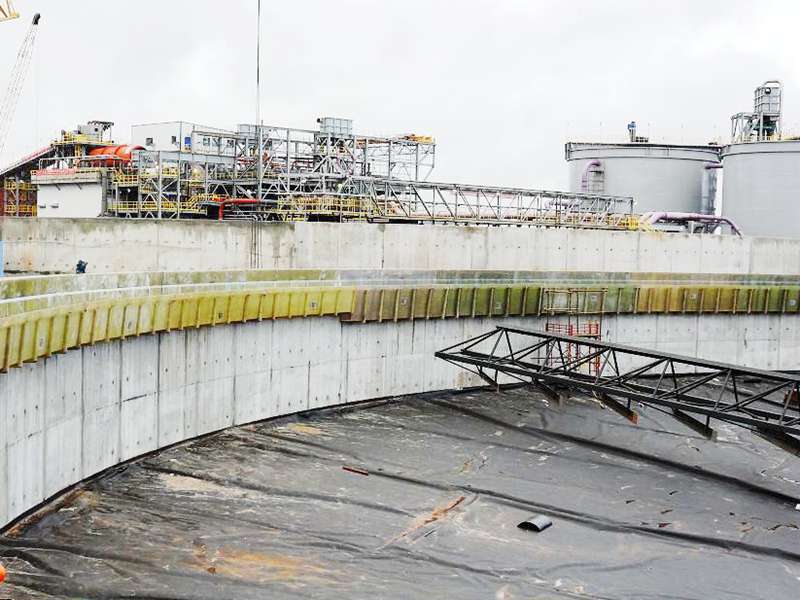
-
 Afrikaans
Afrikaans -
 Albanian
Albanian -
 Amharic
Amharic -
 Arabic
Arabic -
 Armenian
Armenian -
 Azerbaijani
Azerbaijani -
 Basque
Basque -
 Belarusian
Belarusian -
 Bengali
Bengali -
 Bosnian
Bosnian -
 Bulgarian
Bulgarian -
 Catalan
Catalan -
 Cebuano
Cebuano -
 China
China -
 China (Taiwan)
China (Taiwan) -
 Corsican
Corsican -
 Croatian
Croatian -
 Czech
Czech -
 Danish
Danish -
 Dutch
Dutch -
 English
English -
 Esperanto
Esperanto -
 Estonian
Estonian -
 Finnish
Finnish -
 French
French -
 Frisian
Frisian -
 Galician
Galician -
 Georgian
Georgian -
 German
German -
 Greek
Greek -
 Gujarati
Gujarati -
 Haitian Creole
Haitian Creole -
 hausa
hausa -
 hawaiian
hawaiian -
 Hebrew
Hebrew -
 Hindi
Hindi -
 Miao
Miao -
 Hungarian
Hungarian -
 Icelandic
Icelandic -
 igbo
igbo -
 Indonesian
Indonesian -
 irish
irish -
 Italian
Italian -
 Japanese
Japanese -
 Javanese
Javanese -
 Kannada
Kannada -
 kazakh
kazakh -
 Khmer
Khmer -
 Rwandese
Rwandese -
 Korean
Korean -
 Kurdish
Kurdish -
 Kyrgyz
Kyrgyz -
 Lao
Lao -
 Latin
Latin -
 Latvian
Latvian -
 Lithuanian
Lithuanian -
 Luxembourgish
Luxembourgish -
 Macedonian
Macedonian -
 Malgashi
Malgashi -
 Malay
Malay -
 Malayalam
Malayalam -
 Maltese
Maltese -
 Maori
Maori -
 Marathi
Marathi -
 Mongolian
Mongolian -
 Myanmar
Myanmar -
 Nepali
Nepali -
 Norwegian
Norwegian -
 Norwegian
Norwegian -
 Occitan
Occitan -
 Pashto
Pashto -
 Persian
Persian -
 Polish
Polish -
 Portuguese
Portuguese -
 Punjabi
Punjabi -
 Romanian
Romanian -
 Russian
Russian -
 Samoan
Samoan -
 Scottish Gaelic
Scottish Gaelic -
 Serbian
Serbian -
 Sesotho
Sesotho -
 Shona
Shona -
 Sindhi
Sindhi -
 Sinhala
Sinhala -
 Slovak
Slovak -
 Slovenian
Slovenian -
 Somali
Somali -
 Spanish
Spanish -
 Sundanese
Sundanese -
 Swahili
Swahili -
 Swedish
Swedish -
 Tagalog
Tagalog -
 Tajik
Tajik -
 Tamil
Tamil -
 Tatar
Tatar -
 Telugu
Telugu -
 Thai
Thai -
 Turkish
Turkish -
 Turkmen
Turkmen -
 Ukrainian
Ukrainian -
 Urdu
Urdu -
 Uighur
Uighur -
 Uzbek
Uzbek -
 Vietnamese
Vietnamese -
 Welsh
Welsh -
 Bantu
Bantu -
 Yiddish
Yiddish -
 Yoruba
Yoruba -
 Zulu
Zulu
Innovative Techniques for Reducing Sulfur Emissions in Industrial Processes
Flue gas desulfurization (FGD) is an essential process used to remove sulfur dioxide (SO2) from the exhaust flue gases of fossil fuel power plants and other industrial sources. As the world grapples with the environmental impacts of air pollution, FGD technologies have become increasingly critical in efforts to reduce sulfur emissions, thus mitigating acid rain and improving air quality.
The primary source of sulfur dioxide emissions is the combustion of sulfur-containing fossil fuels, particularly coal and oil. When these fuels are burned, sulfur compounds are released into the atmosphere, leading to significant environmental concerns. Acid rain, resulting from the oxidation of sulfur dioxide in the atmosphere, can cause widespread damage to forests, lakes, and soil. Additionally, SO2 is a precursor to particulate matter, which poses serious health risks to humans and animals. Thus, controlling these emissions is of paramount importance.
FGD systems operate through various methods, the most common being wet scrubbing and dry scrubbing. Wet scrubbing involves the use of a liquid absorbent, typically a lime or limestone suspension, to capture the SO2. The flue gas is passed through a scrubber where it comes into contact with the absorbent, resulting in a chemical reaction that converts sulfur dioxide into a solid or liquid compound that can be removed and further processed. This method is highly efficient and can remove over 90% of sulfur dioxide from the gas stream.
On the other hand, dry scrubbing uses dry reagents such as lime or sodium bicarbonate. In this approach, the flue gas is mixed with powdered absorbents which react with the sulfur dioxide to form solid particles. While this method is generally more suitable for facilities with limited water resources, it may be less effective than wet scrubbing in terms of SO2 removal efficiency.
flue gas desulfurization

The introduction of stringent environmental regulations has propelled the development and implementation of FGD systems in power plants worldwide. Many countries have set ambitious targets for emission reductions, compelling industries to adopt advanced pollution control technologies. Consequently, investments in FGD not only contribute to compliance with environmental standards but also foster innovation in cleaner technologies.
Moreover, the byproducts generated from FGD systems, such as gypsum, can be repurposed for use in construction materials, thus turning a potential waste product into a valuable resource. This aspect of sustainability further enhances the appeal of flue gas desulfurization in the context of circular economy principles.
In conclusion, flue gas desulfurization plays a pivotal role in addressing air pollution driven by sulfur dioxide emissions from industrial sources. Its contribution to improving air quality, protecting ecosystems, and complying with regulations underscores its significance in the global effort toward sustainable development and environmental preservation. As we continue to seek cleaner energy solutions, FGD technologies will remain an integral part of the strategy to combat air pollution and its adverse effects.









